Introduction
How To Treat Mites On Guinea Pigs: Guinea pigs, those small and adorable pets that bring joy and companionship to countless households, are not immune to health challenges. One common issue that can afflict these gentle creatures is the presence of mites. Mites are tiny parasites that can cause discomfort and distress for your guinea pigs squeal if left untreated. Fortunately, with the right and care, you can effectively treat mites on your guinea pig and ensure their well-being. Mites are microscopic arthropods that can infest a guinea pig’s skin and fur, leading to a range of problems such as itching, hair loss, scabs, and even secondary infections. These tiny pests can quickly multiply and spread, making it essential for guinea pig owners to be vigilant and proactive when it comes to their pets’ health.
In the various aspects of treating mites on guinea pigs. We will discuss the types of mites that commonly affect guinea pigs, their symptoms, and the factors that can increase the risk of infestation. You will learn how to identify the signs of mites in your guinea pig, which is crucial for early intervention and effective treatment. The different treatment options available to alleviate your guinea pig’s discomfort. From topical treatments and baths to veterinary-prescribed medications, we will explore the pros and cons of each method, helping you make informed decisions about your guinea pig’s care.
Prevention is always better than cure, so we will also valuable insights into how to prevent mite infestations in the first place. Maintaining a clean and hygienic living environment, ensuring a balanced diet, and regular health checks are among the strategies that can significantly reduce the risk of mites and other health issues in guinea pigs. Your guinea pig’s health and happiness are paramount, and understanding how to treat mites is an essential part of responsible guinea pig ownership. By the and confidence to identify, treat, and prevent mite infestations, ensuring that your beloved furry friend enjoys a comfortable and contented life.
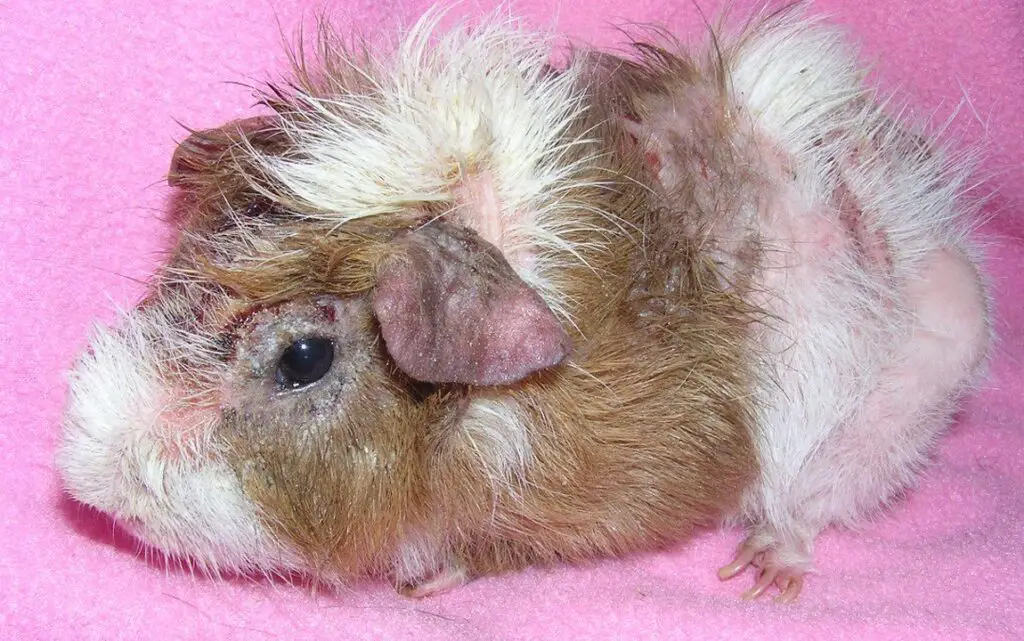
Can I treat guinea pig mites at home?
If you suspect that your pig has lice or mites, don’t just use flea medication on them. Take them to the vet instead. Get a shampoo or spray for static mites. If your guinea pig has static mites – which makes it look like your pig has dust in their fur – you’ll need a special spray or shampoo.
Identification is Key: Before attempting any home treatment, it’s crucial to correctly identify the problem. Mites are not the only potential cause of skin issues in guinea pigs, and misdiagnosis can lead to ineffective treatment. If you suspect mites, consult with a veterinarian for a proper diagnosis.
Bathing: One common home remedy is giving your guinea pig a bath. A gentle bath using a mild, guinea pig-safe shampoo can help remove mites and soothe their irritated skin. Ensure the water is lukewarm, not too hot or cold, and be extremely gentle during the process to avoid causing stress to your pet.
Cage Cleaning: Maintaining a clean living environment is essential. Regularly clean and disinfect your guinea pig’s cage, wash their bedding, and fresh, clean hay. Keeping the environment sanitary can help prevent mite infestations from getting worse.
Dietary Considerations: A well-balanced diet can boost your guinea pig’s immune system and help them recover more effectively. Ensure they receive plenty of vitamin C through fresh vegetables like bell peppers and leafy greens.
Do guinea pig mites go away?
Guinea pigs with mites are usually treated with ivermectin, which can be administered by injection, orally, or topically. This needs to be done in a few doses, usually two or more with a week to a week and a half between each dose.
Mite Type: The type of mite infestation plays a significant role in determining whether it will go away on its own. There are different species of mites that can affect guinea pigs, including sarcoptic, demodectic, and chorioptic mites. Some types may resolve spontaneously, while others require treatment.
Immune System: Guinea pigs with robust immune systems may be better equipped to naturally fight off mite infestations. A healthy guinea pig with a strong immune response might eventually rid itself of mites without external intervention.
Severity: The severity of the infestation matters. Mild cases may have a higher chance of resolving without treatment, especially if caught early. However, severe infestations can rapidly worsen, leading to more significant discomfort and potential secondary infections.
Environmental Factors: The cleanliness of your guinea pig’s living environment is crucial. A clean cage with fresh bedding and a hygienic surrounding area can help prevent mites from proliferating and may contribute to natural recovery.
What causes skin mites on guinea pigs?
Unsanitary living conditions can also contribute. In addition, contact with another guinea pig that has a mite infestation or contact with contaminated bedding, toys, food and water dishes, or other objects can cause mite numbers to increase.
Direct Contact with Infected Guinea Pigs: Guinea pigs are social animals that thrive on interaction with their kind. Unfortunately, this sociable nature also makes them susceptible to mite infestations. Skin mites are highly contagious, and when one guinea pig with mites comes into contact with a healthy companion, the parasites can easily spread.
Stress and Weakened Immune System: Stress can weaken a guinea pig’s immune system, making it more vulnerable to mite infestations. Stressors can include overcrowding, changes in the environment, improper handling, or the introduction of new guinea pigs into a group.
Unsanitary Living Conditions: Dirty and unsanitary living environments create ideal breeding grounds for mites. Accumulated feces, urine, and soiled bedding the perfect conditions for mites to thrive. Regular cage cleaning and maintaining cleanliness are essential to prevent mite infestations.
Asymptomatic Carrier Guinea Pigs: Some guinea pigs may carry mites without displaying visible symptoms. These asymptomatic carriers can still transmit the mites to other guinea pigs, making it challenging to identify and isolate affected individuals.
What kills pig mites?
Avermectin-containing products and several acaricides/insecticides that can be administered topically provide excellent control of mites. Avermectin products persist in pig tissues long enough to control most mite infections following a single dose.
Ivermectin: One of the most commonly prescribed treatments by veterinarians for pig mites is Ivermectin. This medication comes in various forms, including oral and topical solutions, and works by paralyzing and eventually killing the mites. It’s essential to follow your veterinarian’s dosage instructions precisely, as Ivermectin can be toxic if administered incorrectly.
Selamectin (Revolution): Another veterinary option is selamectin, often sold under the brand name “Revolution.” This topical treatment is applied directly to the guinea pig’s skin and effectively eliminates mites, as well as other external parasites. Consult your vet for proper dosing and application.
Lime Sulfur Dips: Lime sulfur dips, available through your veterinarian, can be an effective treatment for pig mites. Guinea pigs are bathed in a diluted lime sulfur solution, which kills mites on contact. Be sure to follow your vet’s guidance, as this treatment can have a strong odor and may require multiple applications.
Pyrethrin-Based Products: Some over-the-counter products, such as shampoos and sprays containing pyrethrin, can be used to treat pig mites. However, always consult your veterinarian before using any over-the-counter treatments, as they can vary in effectiveness and safety.
Should I bath a guinea pig with mites?
While it may seem logical to bath a guinea pig with parasites, but bathing a guinea pig with mites can cause them to burrow deeper, increase irritation, and make treatment a lot more difficult.
Immediate Relief: A bath with mild, guinea pig-safe shampoo can immediate relief from itching and discomfort caused by mites. It can also help remove some mites from the guinea pig’s skin and fur.
Hygiene: Regular bathing is a part of good guinea pig hygiene. It helps keep their fur clean and free of debris, which can reduce the risk of secondary infections that sometimes occur when mites are present.
Stress: Guinea pigs are sensitive animals, and bathing can be stressful for them. The stress of being bathed may weaken their immune system, making it more challenging for them to fight off mites. Stress can also exacerbate symptoms.
Incomplete Mite Removal: While bathing can help remove some mites, it’s unlikely to eliminate the entire infestation. Mites can burrow into the skin and hair follicles, making them challenging to wash away completely.
Are mites painful for guinea pigs?
Static mites, while unpleasant, are more of a hindrance than life-threatening. But mange mites can most certainly kill a guinea pig if left untreated. These infestations are painful and cause intense itching, which can cause your guinea pig to have a seizure. This can eventually lead to a heart attack or stroke.
Itching and Scratching: Mites are known to cause intense itching in guinea pigs. Affected guinea pigs may scratch or bite at their skin vigorously in an attempt to relieve the itchiness. This constant scratching can lead to hair loss, redness, and skin irritation.
Hair Loss: One common visible sign of a mite infestation is hair loss, often in small patches. Guinea pigs may develop bald spots on their skin due to the irritation caused by the mites. This hair loss can be both unsightly and uncomfortable for the animal.
Skin Irritation: Mite infestations can lead to skin irritation and inflammation. The guinea pig’s skin may become red, scaly, or develop crusty lesions. These skin changes can be painful and itchy, causing the guinea pig to become increasingly uncomfortable.
Secondary Infections: As guinea pigs scratch and bite at their irritated skin, they may introduce bacteria into open wounds, leading to secondary bacterial infections. These infections can be painful and may require treatment.
Can guinea pig mites bite humans?
These mites are species specific so will not transfer to you as they have an inability to live in human skin. However, there have been cases where people with sensitive skin have come out in an itchy rash after coming into contact with infected guinea pigs.
Species Specificity: Guinea pig mites are typically species-specific, which means they have evolved to infest guinea pigs specifically. They have adapted to the guinea pig’s skin and are less likely to thrive on human skin. In most cases, guinea pig mites will not find human skin suitable for infestation.
Limited Exposure: Human contact with guinea pig mites is generally limited to handling infested guinea pigs or coming into contact with contaminated bedding, cages, or other materials. Even in such cases, the risk of mite transfer to humans is low.
Temporary Skin Irritation: In rare instances, when a guinea pig carrying mites is handled by a person, the mites may briefly come into contact with human skin. This contact can lead to temporary skin irritation or itching. However, these mites typically do not establish a long-term infestation on human skin.
Preventive Measures: To minimize the risk of mite transfer to humans, it’s essential to practice good hygiene when handling guinea pigs. Wash your hands thoroughly with soap and water after handling your pet or cleaning their cage. Regular cage cleaning and maintaining a clean environment for your guinea pig can also reduce the likelihood of mite infestations.
What kills guinea pig lice?
ovalis are specific only to guinea pigs, they are highly contagious between guinea pigs. It’s important when introducing new pigs into an existing group that they are quarantined and examined for lice. Topical treatments of ivermectin or imidacloprid can easily kill lice, since they are biting not sucking pests.
Ivermectin: Ivermectin is a commonly prescribed medication by veterinarians to treat lice in guinea pigs. It is available in various forms, including oral and topical solutions. Ivermectin works by paralyzing and eventually killing the lice. It’s crucial to follow your veterinarian’s dosage instructions precisely, as improper use of Ivermectin can be harmful to your pet.
Selamectin (Revolution): Selamectin, often sold under the brand name “Revolution,” is another veterinary treatment for lice in guinea pigs. This topical solution is applied directly to the guinea pig’s skin and effectively eliminates lice, as well as other external parasites. Consult your vet for proper dosing and application.
Lime Sulfur Dips: Lime sulfur dips, available through your veterinarian, can be an effective treatment for lice. Guinea pigs are bathed in a diluted lime sulfur solution, which kills lice on contact. Be sure to follow your vet’s guidance, as this treatment can have a strong odor and may require multiple applications.
Pyrethrin-Based Products: Some over-the-counter products, such as shampoos and sprays containing pyrethrin, can be used to treat lice in guinea pigs. However, always consult your veterinarian before using any over-the-counter treatments, as they can vary in effectiveness and safety.
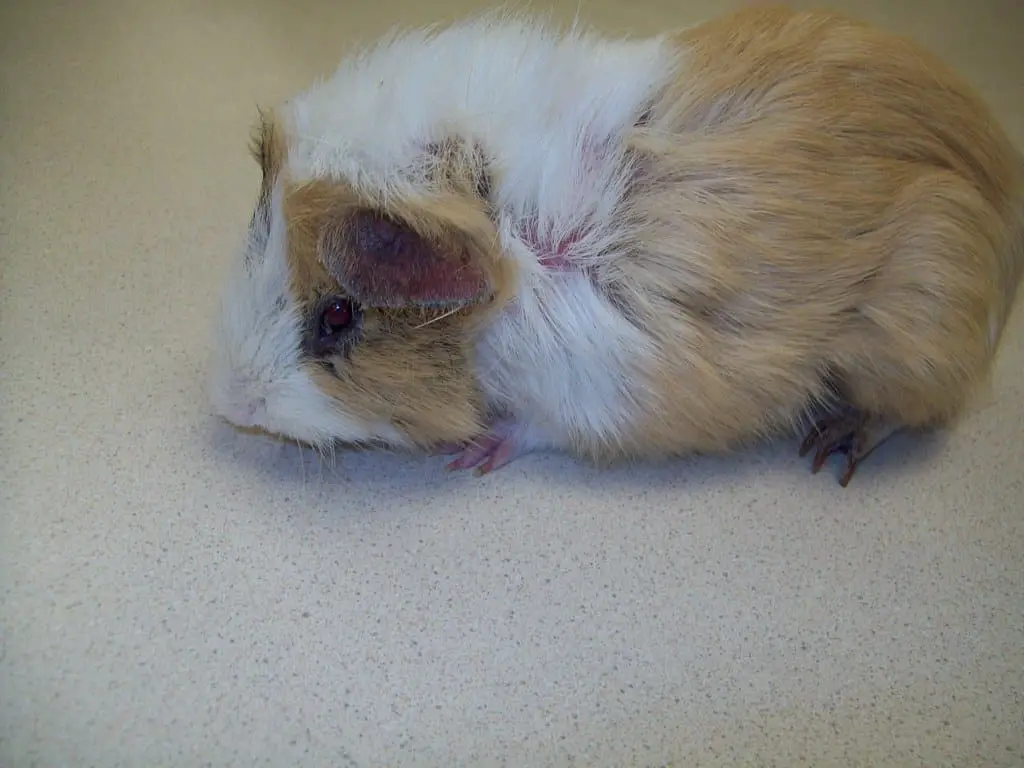
Conclusion
Learning how to treat mites on guinea pigs is a vital skill for any responsible pet owner. These tiny parasites can cause a great deal of discomfort and suffering for your beloved furry friend if left unchecked. However, armed with the and information you are now well-prepared to address mite infestations and ensure the well-being of your guinea pig. Throughout this comprehensive we have explored the various facets of mite infestations in guinea pigs. We’ve learned about the different types of mites that commonly affect these pets and the wide range of symptoms they can manifest. Recognizing the signs of mites early on is crucial, as it allows for timely intervention and treatment.
We’ve also delved into the treatment options available to combat mites in guinea pigs. From topical treatments to baths and veterinary-prescribed medications, you now have a toolbox of strategies to choose from when addressing mite infestations. That consulting with a veterinarian is often the best course of action to determine the most appropriate treatment plan for your specific situation. Maintaining a clean and hygienic living environment for your guinea pig, providing a well-balanced diet, and scheduling regular health checks are all key components of preventing mite infestations and other health issues.
By taking these proactive measures, you can significantly reduce the likelihood of your guinea pig encountering mite-related problems. Your guinea pig’s health and happiness are paramount, and being an informed and caring owner is the best way to ensure they live a comfortable and contented life. In closing, treating mites on guinea pigs requires patience, diligence, and a commitment to the best care possible. With the insights gained from this you are well-equipped to face any mite-related challenges that may arise, allowing your guinea pig to thrive in a safe and loving environment. A healthy and happy guinea pig is a testament to your dedication as a pet owner, and your efforts will undoubtedly be rewarded with years of joy and companionship.

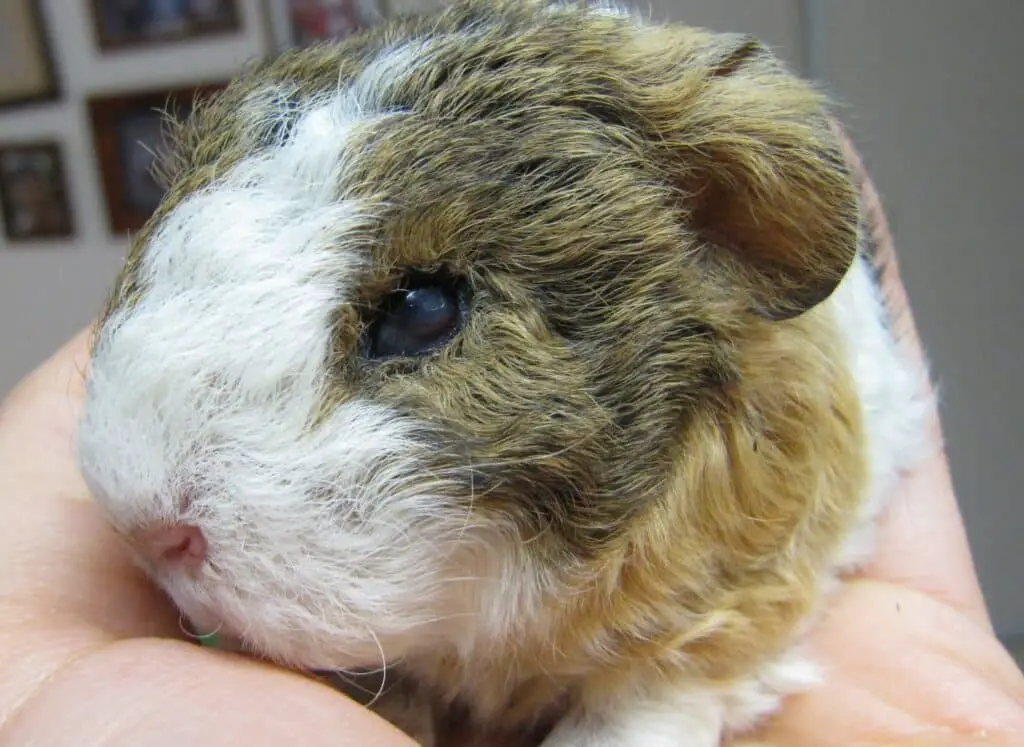
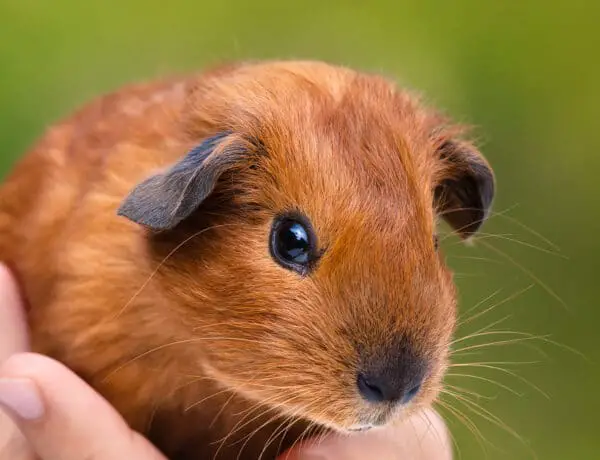

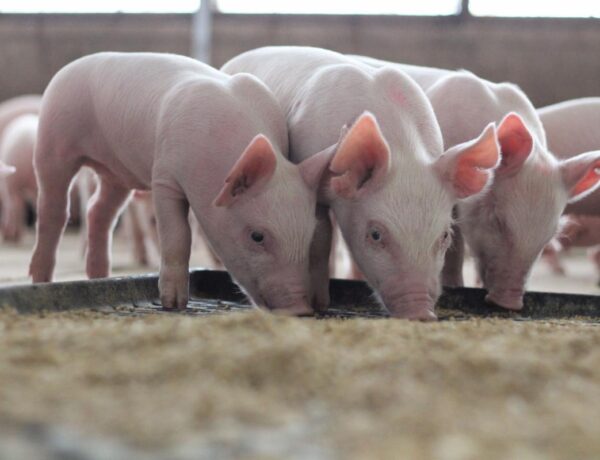
No Comments